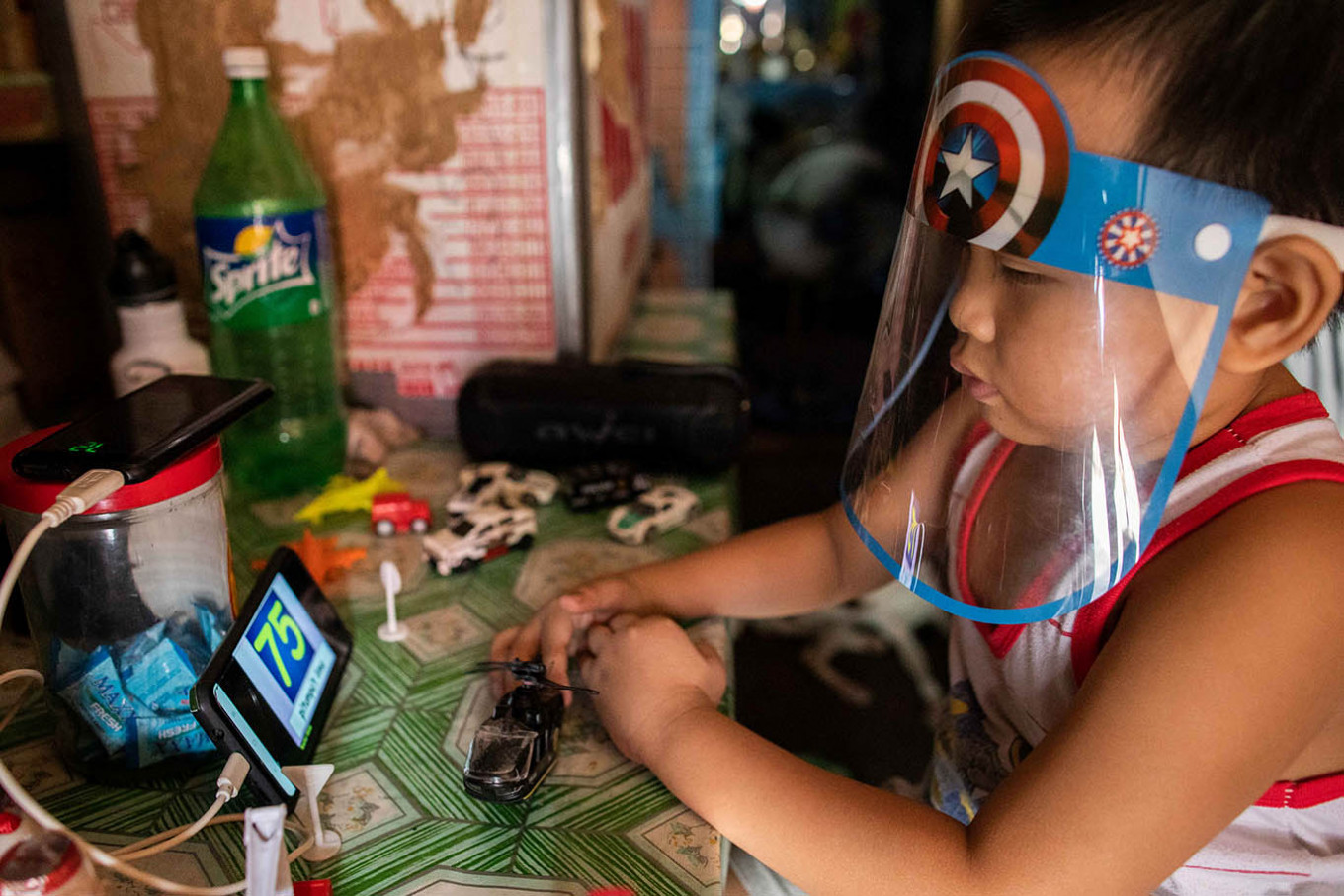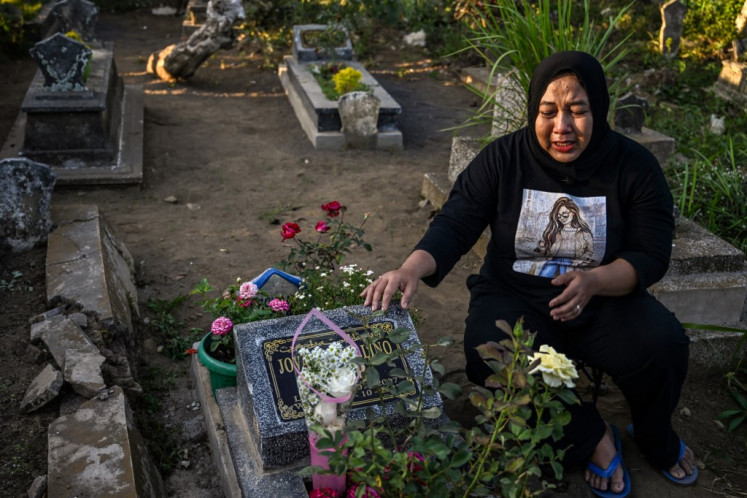Popular Reads
Top Results
Can't find what you're looking for?
View all search resultsPopular Reads
Top Results
Can't find what you're looking for?
View all search resultsMajority of Indonesians find distance learning costly: Study
Only 6 percent of respondents said they did not find distance learning costly.
Change text size
Gift Premium Articles
to Anyone
T
he majority of Indonesians find distance learning costly, especially among those with a lower socioeconomic status, a survey conducted by Saiful Mujani Research & Consulting (SMRC) has shown.
The survey, which was conducted from Aug. 5 to 8 and polled 2,201 respondents across the country, found that only 6 percent of respondents said they did not find distance learning costly.
"Among respondents with family members carrying out distance learning, 67 percent them said it was very or quite costly," SMRC public policy manager Tati Wardi said in a virtual presser on Tuesday.
Tati said the government should pay attention to this issue as students had been forced to study from home for months during the COVID-19 pandemic.
“Of course the government should implement this […] However, they need to pay serious attention to the economic burdens,” she said.
The survey showed that the higher a person's education, the lower the tendency to state that distance learning was quite or heavily costly, and the higher a person's income, the lower the tendency to state that it was costly.
“There is 80 percent of respondents with a maximum income of Rp 1 million (US$67) per month who stated distance learning is quite or heavily costly,” she said.
Read also: COVID-19 crisis opportunity for education reform in Indonesia
"So obviously, distance learning has a serious impact, especially among those with a lower socioeconomic status.”
Tati added one of the factors behind the burdening cost was internet, noting the survey also found that 92 percent of students said they had experienced obstacles in distance learning.
“Around 47 percent of the respondents spent more than Rp 100,000 per month on internet for distance learning and about 52 percent spent a maximum of Rp 100,000 per month.”
She concluded that the implementation of distance learning policies was still far from ideal. However, it was also unfair to blame the government for not anticipating the problems related to distance learning.
“These findings indicate a crucial problem regarding the right to education and its relation to socioeconomic status. Those with higher incomes do not see it as a heavy burden, but it doesn’t apply to the poor. The government needs to respond to this gap."
Education and Culture Minister Nadiem Makarim recently allowed the reopening of more schools amid the pandemic after previously giving the green light for schools in COVID-19 green zones, or low-risk areas, saying the policy was difficult but a necessary trade-off to maintain students' spirits in a time of crisis.
The move sparked criticism from teachers and pediatricians, who called for schools to stay focused on distance learning as they feared that sending children back to school could put them at risk of contracting the coronavirus.










